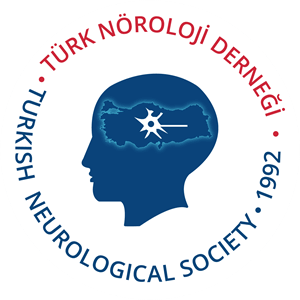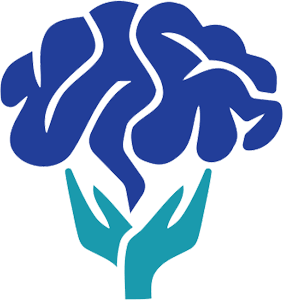The relationship between lesion lateralization and heart rate variability, functional recovery status, and mortality rate in patients with ischemic stroke
Ayse Gamze Sahin1 , Burhanettin Cigdem2
, Burhanettin Cigdem2 , Ahmet Suat Topaktas3
, Ahmet Suat Topaktas3
1Department of Neurology, Gülhane Training and Research Hospital, Ankara, Türkiye
2Department of Neurology, Cumhuriyet University Faculty of Medicine, Sivas, Türkiye
3Department of Neurology, Batıkent Medical Park Hospital, Ankara, Türkiye
Keywords: Arrhythmia, heart rate variability, insula, stroke, sudden cardiac death.
Abstract
Objectives: This study aimed to investigate autonomic dysfunction in acute ischemic stroke and its relationship with hemispheric lateralization, localization, and prognosis.
Patients and methods: The study was conducted with 60 patients (32 males, 28 females; mean age: 70.5±14.0 years; range, 36 to 89 years) with acute ischemic stroke and 30 healthy controls (14 males, 16 females; mean age: 69.6±11.3 years; range, 30 to 70 years) between December 1, 2018 and December 31, 2019. The location of the infarct was evaluated by computed tomography or cranial magnetic resonance imaging. Heart rate variability (HRV) was evaluated using the frequency-based spectral analysis method. The National Institute of Health (NIH) stroke scale was used for neurological deficit evaluation, and the modified Rankin scale was used for the prognosis.
Results: There were no differences between the hemispheres in baseline NIH values. High-frequency power value, one of the HRV parameters, increased in all patients (p=0.036). When evaluated according to insular involvement regardless of the side, all HRV parameters increased in insular strokes; low-frequency power value (p=0.053) increased particularly in right insular strokes, and very low-frequency power value increased in left insular strokes (p=0.039). The mortality rate increased in strokes affecting the insular region without any difference between hemispheres (p=0.015).
Conclusion: As reported in previous studies, the insula disrupted cardiac autonomic balance more than other hemispheric areas, and the right insula increased cardiac sympathetic activity. In addition, insular stroke increased mortality rates.
Cite this article as: Sahin AG, Cigdem B, Topaktas AS. The relationship between lesion lateralization and heart rate variability, functional recovery status, and mortality rate in patients with ischemic stroke. Turk J Neurol 2025;31(2):151-158. doi: 10.55697/tnd.2025.287.
The data that support the findings of this study are available from the corresponding author upon reasonable request.
Medical practice, literature review, data collection or processing, writing: A.G.S.; Analysis or interpretation, design: A.G.S., B.C.; Consept, idea, funding: A.S.T.
The authors declared no conflicts of interest with respect to the authorship and/or publication of this article.
This study was financially supported by the Scientific Research Projects Department of Cumhuriyet University (Project No: T-827).
We would like to Dr Ziynet Cınar for her help in data analysis.


